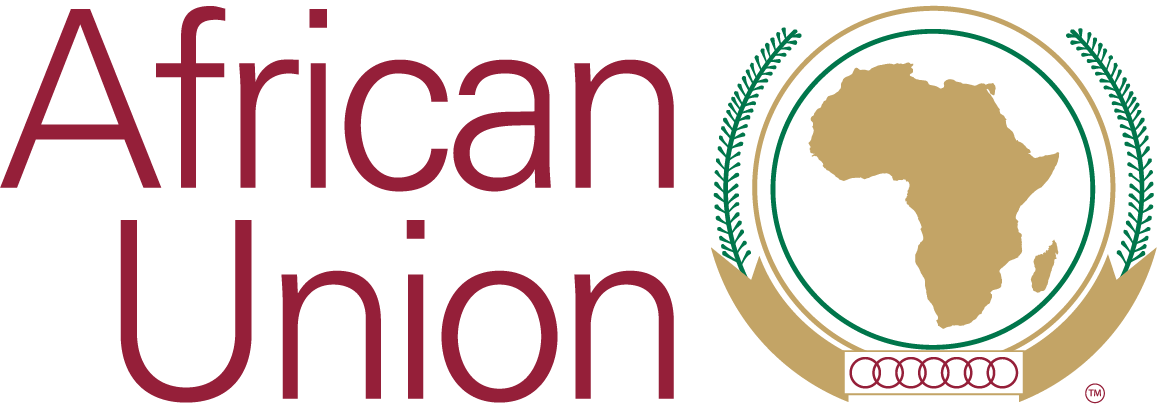Topic Resources
June 13, 2013
Report of the Chairperson of the Commission on the Situation in Somalia
February 10, 2022
Agenda 2063 is Africa’s development blueprint to achieve inclusive and sustainable socio-economic development over a 50-year period.
December 24, 2025
39th AU summit Media Accreditation Platform
December 17, 2025
October 22, 2026

